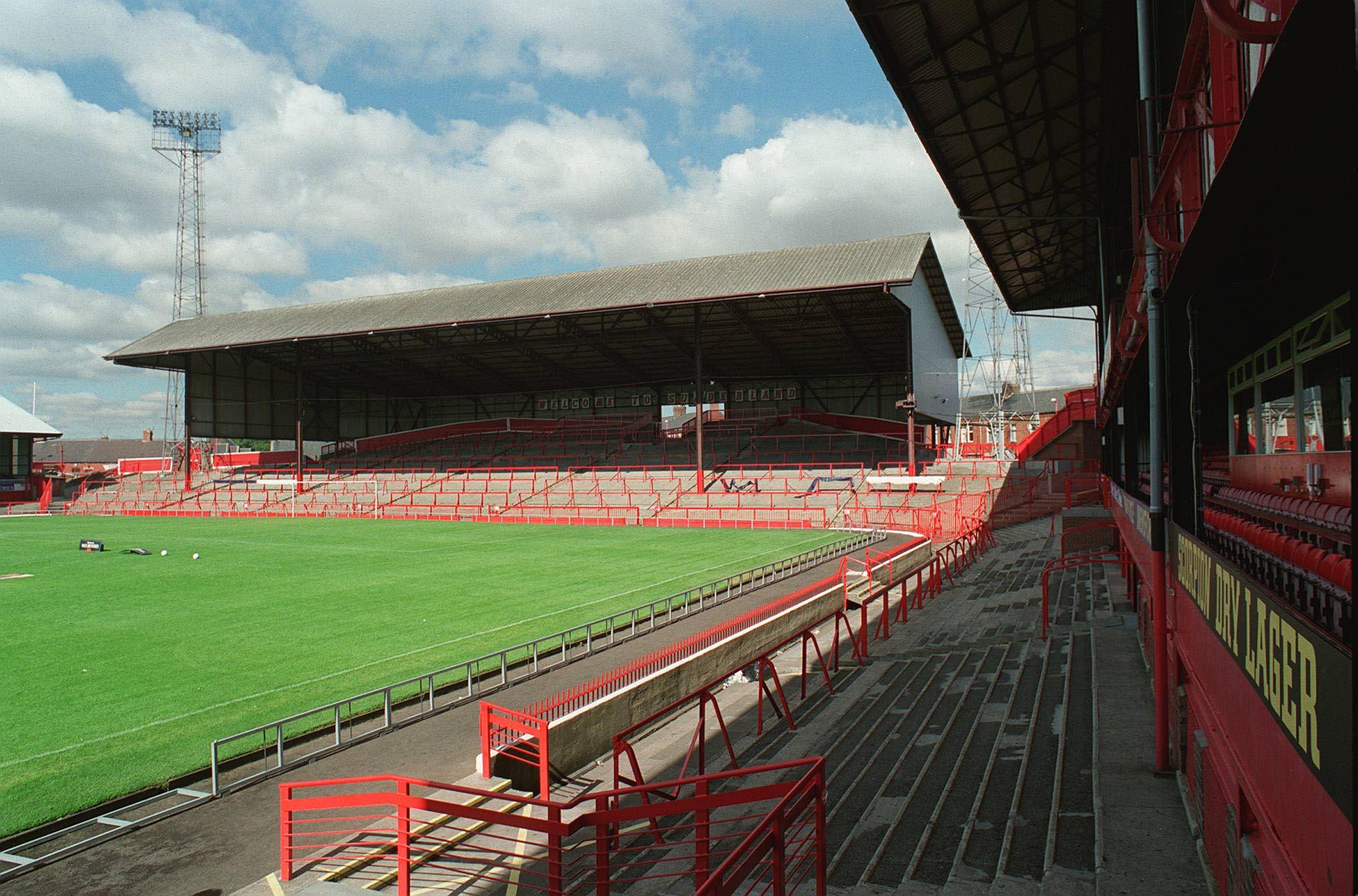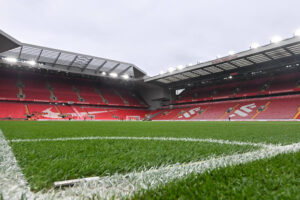Welcome to a new series of articles from Last Word on Football, Roker Reflections. A look back at some of the historical moments from Sunderland’s 99-year stay at their famous old home, Roker Park.
Today we look back at just some of the facts that may be unknown to some.
Read More: Moises Caicedo Form Unlocked: Romeo Lavia Could Be The Perfect Partner
Roker Reflections: Five Things You May Not Know About Sunderland’s Roker Park
Football Was Not the First Sport to Be Played At Roker Park
The first game to be played at Roker Park was against Liverpool on 10th September 1898 with Sunderland winning the friendly 1-0. However, this was not the first sporting event to happen at the new ground.
Twenty thousand turned up on August 12th 1898 to watch Sunderland’s new ground baptised and to watch a mini Olympics consisting of track and field events. The event at Roker Park came just two years after the first modern Olympics staged in Athens.
The Building of the Main Stand Almost Bankrupted the Club
It was Archibald Leitch who designed the famous Main Stand at Roker Park and included his trademark criss-cross latticework balcony which can be still seen on his other work at Everton’s Goodison Park and Glasgow Rangers’ Ibrox Stadium. The new stand, built in 1929 consisted of 5875 wooden seats on the upper deck and enough room for 14,000 fans to stand in the lower tier.
However, the cost of the new stand, believed to be £25,000 (approximately £2 million today) was a huge sum in 1929 and reportedly put the club into near bankruptcy. Thankfully, these financial woes did not last too long thanks to the increased capacity of 60,000. However, as Sunderland fans will know, crowds would regularly go beyond capacity. In 1933, a record 75,118 attended the FA Cup match with Derby County.
Bombed During World War Two
During the Second World War, many of Sunderland’s landmarks at the time were bombed by the Germans as they saw Sunderland, a ship-building/industrial area, as a threat. May 15th was when the town (now a city) was worst hit. Roker Park was not excluded in the attack as a high explosive bomb hit the Main Stand causing a crater in the pitch near the players’ tunnel.
75 lives were lost on this night including one policeman who was on duty and patrolling near Roker Park.
Sunderland fan Fred Hicks spoke to the Sunderland Echo in 2023 on the anniversary of the bombings. He said: “The planes were so low, I thought they were going to hit the chimneys. Then came the moment that people feared. The people below could hear the plane’s bomb bay doors opening. The familiar sound which followed, of falling bombs, was sickening.
“There were people injured and people who lost their lives. We were in the air raid shelter which was just a few yards away. There was one family which refused to go in the shelter. The whole family was killed.”
Read More: Barcelona Make Stance Clear On ‘Untouchable’ Breakout Star
Roker Park and the Black Cat
Many clubs can explain with ease the origins of their nickname; however, with Sunderland, it is a different story. There have been several stories as to why Sunderland are called the Black Cats dating back to the 1800s, including the “Black Cat Battery”, an Artillery battery based on the River Wear during the Napoleonic Wars. In fact, the club did not officially become known as the Black Cats until after they moved to their current home the Stadium of Light. However, some are connected to Roker Park.
The first is from the early 1900s when a Black Cat made Roker Park its home. Players took the sign of the Black Cats as a lucky omen, especially when they won the first game after finding it. Another story is that of a fan who smuggled a black cat into Wembley Stadium for the 1937 FA Cup Final which Sunderland would win 3-1. A Black Cat also apparently made Roker Park its home in the 1960s. As time goes on, determining which story is the original can prove to be difficult; however, there is no doubting the fact that Sunderland are known officially as the Black Cats.
The Roker Roar: The Amplifier Conspiracy
The heartbeat of Roker Park, a noise so loud that it would strike fear into many visiting teams giving Sunderland an advantage before a ball was kicked.
In 1973, according to club legend, a visiting journalist covering the FA Cup replay against Manchester City was so convinced that the roar of the crowd was amplified somehow, he went back to the ground to look for evidence the following night. When asked what he was doing the journalist said: “I’ve been reporting on top-class football all my life, but I’ve never heard noise like that. It’s a marvellous gimmick – where are the hidden amplifiers?”
“Amplifiers,” replied the groundsman. “There’s no bloody amplifiers here mate. What you heard last night was the Roker Roar!”






